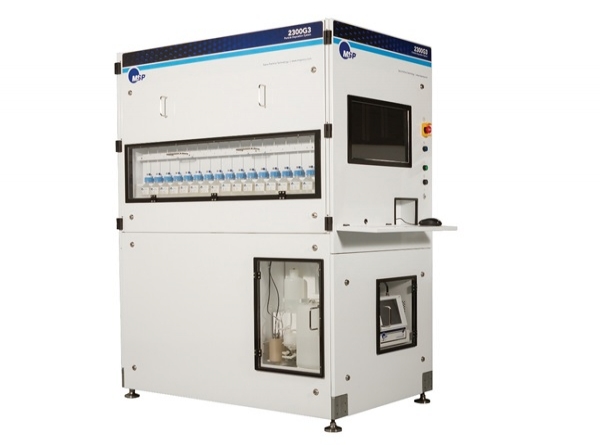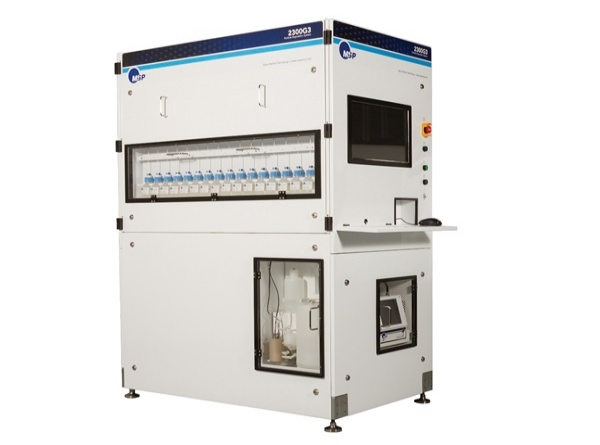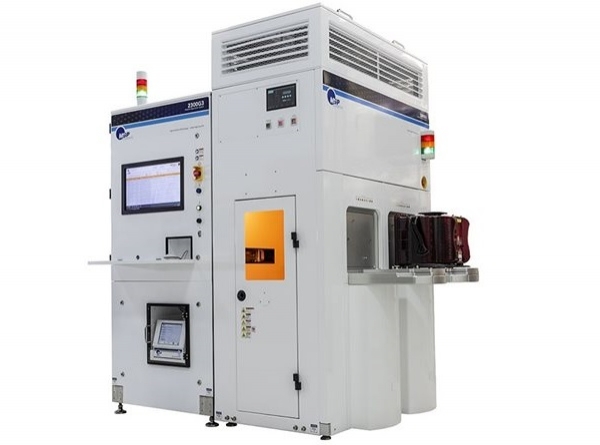Agent Products/ BRANDS /
Particle Deposition SystemParticle Deposition System
Features and benefits MSP Corporation is a company based in Minnesota, USA that specializes in advanced particle deposition technology. They assist in the analysis of intensity for surface contamination/defect inspection systems used in wafer manufacturing, such as KLA-Tencor, Hitachi, Topcon, and others. These systems utilize the latest surface inspection technology capable of detecting particles as small as 10nm. With the assistance of MSP's new Nano-Particle Technology (NPT), even PSL spherical particles with sizes smaller than 80nm and broader size distributions below 50nm can be produced, ensuring NIST traceability and compliance with SEMI M52 standards. Users who have already purchased the 2300 series products have experienced significant improvements in measurement analysis and cleaning applications. In addition to manual models, MSP now also offers automated models to meet the latest measurement and cleaning requirements below 20nm.DESCRIPTION
Wafer Particle Deposition System
The nanoscale particle deposition technology enables uniform scattering of PSL spherical particles and process particles ranging from a minimum of 10nm to a maximum of 2um onto the surface of wafers/masks.
MSP Corporation is a company based in Minnesota, USA that specializes in advanced particle deposition technology. They assist in the analysis of intensity for surface contamination/defect inspection systems used in wafer manufacturing, such as KLA-Tencor, Hitachi, Topcon, and others. These systems utilize the latest surface inspection technology capable of detecting particles as small as 10nm. With the assistance of MSP's new Nano-Particle Technology (NPT), even PSL spherical particles with sizes smaller than 80nm and broader size distributions below 50nm can be produced, ensuring NIST traceability and compliance with SEMI M52 standards. Users who have already purchased the 2300 series products have experienced significant improvements in measurement analysis and cleaning applications. In addition to manual models, MSP now also offers automated models to meet the latest measurement and cleaning requirements below 20nm.
The MSP2300-Series Particle Deposition Systems (PDS™) utilize the latest global particle scattering technology for PSL/process particle deposition. These systems enable users to create standard slides of any size Polystyrene latex (PSL) spherical particles, which are used for calibration in wafer surface contamination/defect inspection systems such as KLA-Tencor, Applied Materials, TopCon, Hitachi, and others.
The 2300G3 system offers the following functions:
- Minimum particle size for deposition: 10nm
- Single deposition setup: Up to 16 different PSL spherical sizes and up to 50 different spot sizes
- Particle size accuracy: ±1% (for particle sizes >50nm); ±0.5nm (for particle sizes <50nm)
- Deposition modes: Full deposition and pattern deposition (spot, arc, and ring)
Features:
- Differential mobility analyzer (DMA) technology for accurate particle size identification and classification
- Fully automated NIST traceable calibration
- Parameter control interface
- Equivalent deposition results for process particles (Si, SiO2, Al2O3, TiO2, Si3N4, Ti, W, Ta, Cu, etc.) compared to PSL spherical particles
- The 2300G3M model is a manual wafer loading model.








































